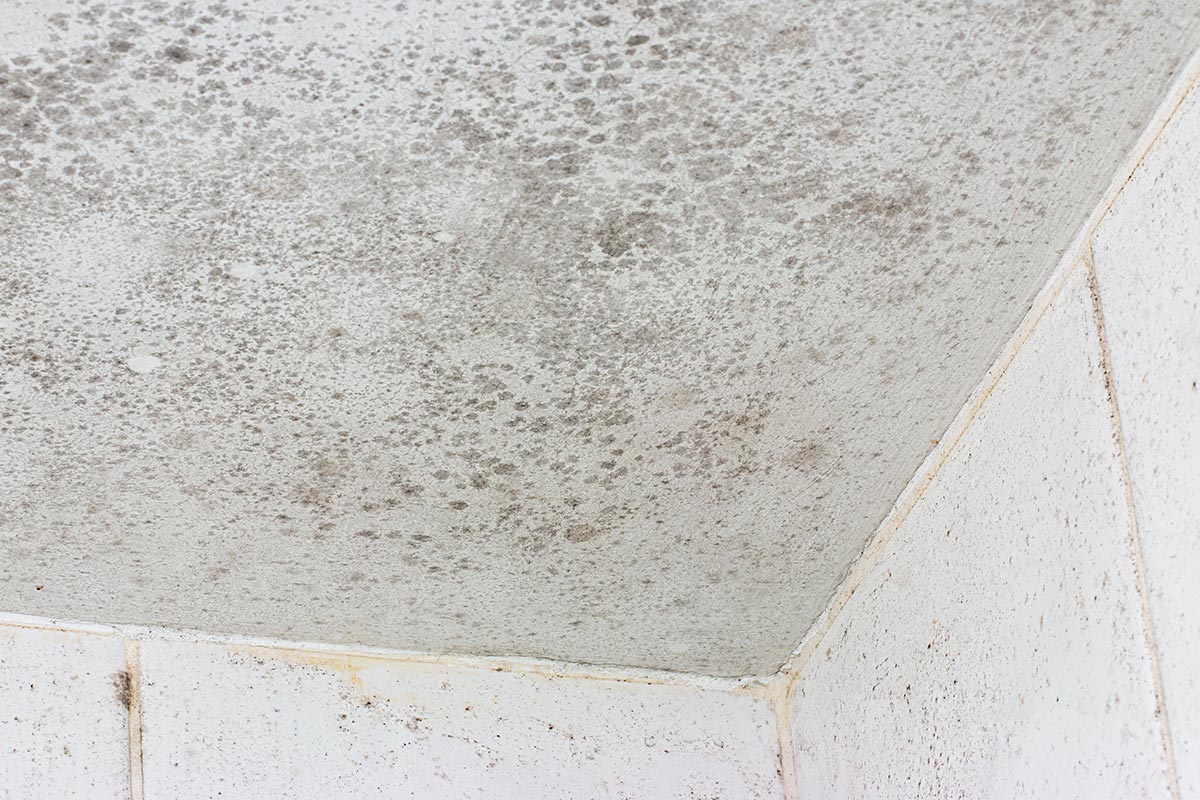You are viewing 1 of your 1 free articles
Review into landlord finds vulnerabilities not being identified over lack of repair staff training
An independent review of nearly 4,000 Sanctuary homes has found that a lack of training among staff has led to vulnerabilities potentially not being identified during repairs.
The review, commissioned by the 120,000-home landlord following an order from the Housing Ombudsman, found that repair inspections teams are not provided with adequate training to “sufficiently understand well-being, vulnerability and empathy”.
This has potentially led to well-being or vulnerability concerns not being identified when carrying out an inspection, according to the review.
In January, the ombudsman published a Spotlight report on attitudes to vulnerable residents, which found that 68% of tenants said their landlords did not make reasonable adjustments when explicitly asked to.
Reviewers also found a “reliance on spreadsheets”, which has now been eradicated with the introduction of new systems to record and manage major repairs, and 236 homes where there is “limited evidence” of fixes being carried out efficiently.
The ombudsman ordered the review after making two severe maladministration findings for issues handling leaks, damp and mould.
In the two cases that led to this wider order, the ombudsman said that residents faced “significant distress and inconvenience” chasing and waiting for their roof repairs to be resolved, with communication issues “rife throughout”.
In one of the cases, the roof leak was still outstanding when the complaint came to the ombudsman, despite a year-and-a-half’s notice from the resident.
Of 4,000 Sanctuary homes, the review found 236 potentially impacted homes “where there is limited evidence that roofing works were carried out in an efficient and timely manner”.
Sanctuary said it had contacted these residents to see if there were any outstanding issues, and if works have not been completed, they are being progressed as a matter of urgency.
The landlord will also apologise to any resident where works have not been completed as they should have been.
The review found that repairs were not always completed within timescales, there were multiple repeated contacts and follow-up repairs, and lower levels of satisfaction when contractors were used.
It found a risk that repairs are closed without being completed, and the use of offline systems increased the risk of data gaps.
The Sanctuary review also found that the new complaints team structure has meant that training has not matched the skills these specialists need, meaning there is a skills gap.
It recommended Sanctuary improve learning from complaints through live complaints information, equip leaders more to listen and act on resident voice, broaden guidance in relation to reasonable adjustments and strengthen its application of the compensation procedure.
In response, Sanctuary has changed its approach to contractor management, providing closer oversight of the quality of repairs and value for money delivered. It undertook a review of the cancellation and rebooking process, repairs surveys and inspection process.
It has introduced a damp and mould performance dashboard, which provides a weekly report of cases to Sanctuary’s executive committee.
The landlord said it will introduce a “root cause analysis process” to underpin service improvement plans, roll out predictive analytics to identify more proactively homes at risk of damp and mould, and enhance data management and reporting.
It said it will move information on damp and mould onto an integrated online system and continue rolling out its ‘customer census’ to increase the coverage, range and quality of data held.
In addition, Sanctuary said it will develop a revised vulnerability policy, expand its vulnerability training programme and implement a new customer relationship management system.
Sanctuary also conducted workshops with residents to seek improvements and work on the feedback.
Craig Moule, chief executive of Sanctuary, said: “We apologised to the customers in these cases – acknowledging we had let them down and that we needed to make changes to enable every Sanctuary customer to receive the level of service they deserve.
“We welcomed the opportunity to work with the Housing Ombudsman, our customers and our board to conduct this review through a detailed investigation, which highlights the hard work being done to learn from historic cases and improve our services for everyone.
“We can’t and won’t fix everything overnight, but we are determined to learn from our mistakes.”
Richard Blakeway, the housing ombudsman, said that Sanctuary’s approach to the review “has been evident throughout” and was “commendable”.
He said: “It is encouraging to see the landlord tackle this head-on and attempt to resolve some of the issues that have caused them problems when dealing with these complaints.”
Mr Blakeway continued: “Some of the actions and initiatives will need time to bed in and the landlord will be aware that what sounds good on paper has to be translated into effective action in practice.
“Having robust policies in place is a strong foundation but sustained focus and monitoring of outcomes is what will lead to residents experiencing improved outcomes.”
Sign up for our regulation and legal newsletter
Already have an account? Click here to manage your newsletters












